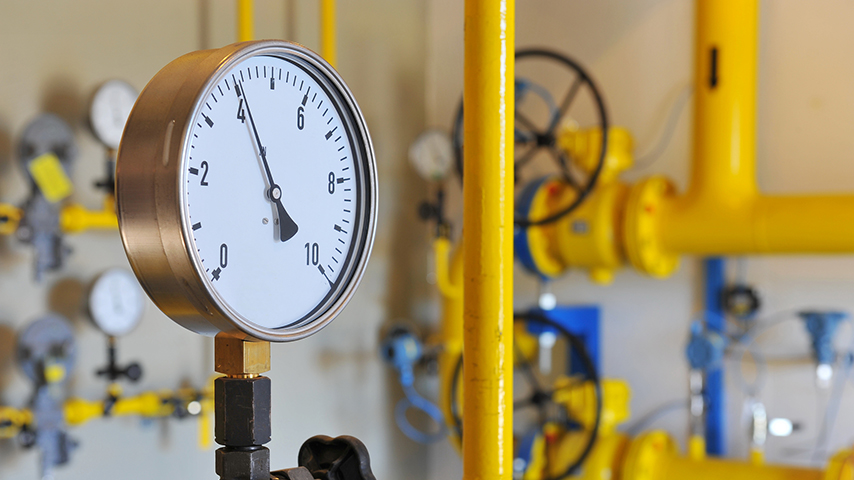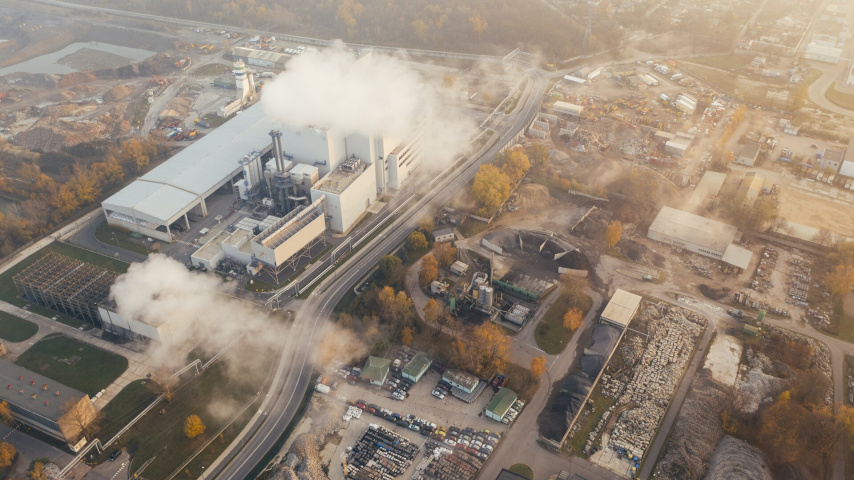Natural Gas: A Greener Non-renewable Energy Source

Malaysia has natural gas reserves. In fact, it is one of their most precious resources. As a matter of detail, Malaysia not only has natural gas, but they stand tall as the world's fifth-largest exporter of liquefied natural gas (LNG) in 2022. The natural gas industry here plays a pivotal role in the economy.
Natural gas production in Malaysia witnessed steady growth over time - thanks to the technologies allowing offshore drilling and extraction. It promises a host of benefits - abundant energy supply being prime among them.
What Is Natural Gas?
Natural gas is a fossil fuel known for its clean-burning properties. It is a product of slow geological processes that transform organic matter deep within the Earth over millions of years. It is primarily composed of methane (CH4) along with some other gases.
Methane covers around 70-90% of natural gas composition. The remaining portion consists of gases such as ethane (1 - 20%), propane (0.1 - 5%), and trace amounts of others such as CO2, Nitrogen or Helium. Thus, when we talk about natural gas, methane becomes its major constituent.
Is natural gas renewable? Unfortunately, no. Since natural gas forms from the remains of plants and animals buried millions of years ago underneath heavy rock layers, we can't renew this resource once depleted.
Composition and Production
One major source of natural gas is fossil fuels formed over millions of years from decomposed plants and animal matter subject to enormous heat and pressure under the Earth's crust. They exist in pockets dotting our planet, usually accompanied by crude oil or coal reserves.
There are several other unconventional sources too, methane hydrates hold significant potential as future natural gas reserves. Found in abundance within the icy cold depths of several oceans and Arctic permafrost regions worldwide, these solid crystalline compounds encase large amounts of methane gas that can be harnessed for energy. Similarly, shale gas rock formations also house significant quantities of untapped natural gas waiting to be utilised effectively.
Natural gas reserves can be found worldwide, often located deep underground or beneath the ocean floor. Once tapped, the gas is brought to the surface using various methods, including hydraulic fracturing (fracking) and conventional drilling techniques.
Companies drill wells into identified reservoirs under careful guidance using advanced technology to ensure controlled extraction. The extracted raw natural gas undergoes an essential purification process where useless impurities like water vapour or sulphur compounds get separated as they could potentially corrode pipes and cause damage.
In the natural gas processing plant, manufacturers primarily separate three distinct components: processed natural gas that channels into our heating systems or power stations; commercial Natural Gas Liquids (NGLs) such as propane and butane which find their way into various domestic and industrial applications; lastly a rather problematic but useful product - carbon dioxide that industries use for various purposes including enhanced oil recovery.
Environmental and Sustainability Aspects
Unlike renewable resources like solar or wind energy, natural gas reserves are finite. As we extract and consume natural gas, these reserves are depleted, highlighting the importance of transitioning to truly renewable energy sources for long-term sustainability.
While natural gas is cleaner burning than fuel oil, its extraction process can have significant environmental consequences. Hydraulic fracturing, or fracking, for instance, can lead to water contamination and habitat disruption.
Natural gas is often seen as a bridge fuel, a cleaner alternative to fuel oil during the transition to more sustainable energy sources. However, its long-term future is uncertain as we seek to achieve deep decarbonisation and move away from fossil fuels entirely.
Advantages of Natural Gas
Among other non-renewable resources like coal, natural gas stands out more favourably due to its environmental benefits and superior output capability. A shift towards using more natural gas could be integral in our ongoing battle against climate change.
One of its primary benefits is its relatively cleaner environmental footprint compared to other fossil fuels. When burning natural gas for energy, it emits fewer carbon dioxide (CO2) emissions, contributing to improved air quality and reduced greenhouse gas emissions.
Also, natural gas boasts a high energy-to-weight ratio, meaning it contains a significant amount of energy in a relatively compact form. This efficiency is particularly valuable in manufacturing, where energy-intensive processes demand an efficient energy source.
Additionally, natural gas provides a consistent and stable energy supply, which is crucial for manufacturing processes that require uninterrupted power. This reliability reduces downtime and ensures smooth operations, contributing to increased productivity.
Uses of Natural Gas
The power generation sector is the largest natural gas consumption in Malaysia. As an efficient method for generating electricity, natural gas accounts for about 40% in the power sector. Natural gas fuels various power plants to deliver energy that lights up homes and powers industrial operations across the nation.
Additionally, natural gas plays a pivotal role in industrial processes. Industries such as steel and glass manufacturing favour it over coal due its cleaner-burning properties. This helps reduce their environmental impact - a necessity in today’s sustainability-conscious era.
Ajinomoto Malaysia Is Joining Hands for a Sustainable Future
Ajinomoto Malaysia Berhad (AMB) has shown an unwavering commitment to environmental sustainability through its new eco-friendly factory in Bandar Enstek. This dedication is exemplified by their transition from fuel oil to natural gas as the primary heat source.
These initiatives not only enhance energy efficiency but have also earned AMB's smart and eco-friendly factory the Silver Standard of the Green Building Index and ISO 14001 certification, reflecting their strong environmental stewardship.
Furthermore, AMB's pledge to reduce CO2 emissions by 50% from 2018 levels by 2025 demonstrates its proactive role in addressing climate change. The utilisation of alternative resources like natural gas in the new factory is pivotal in achieving this goal.
AMB's commitment to utilising natural gas in their green factory is a testament to their dedication to environmental sustainability. Their efforts not only set an example for responsible corporate citizenship but also contribute to a greener future.


